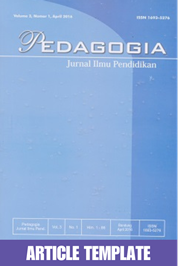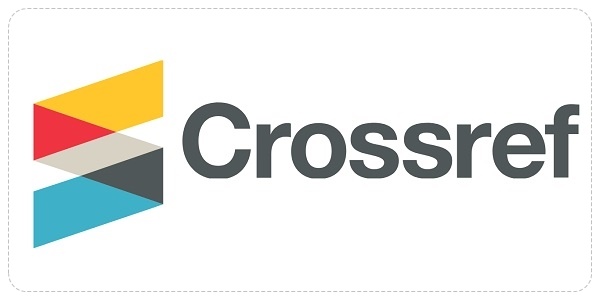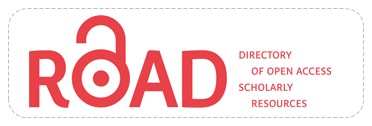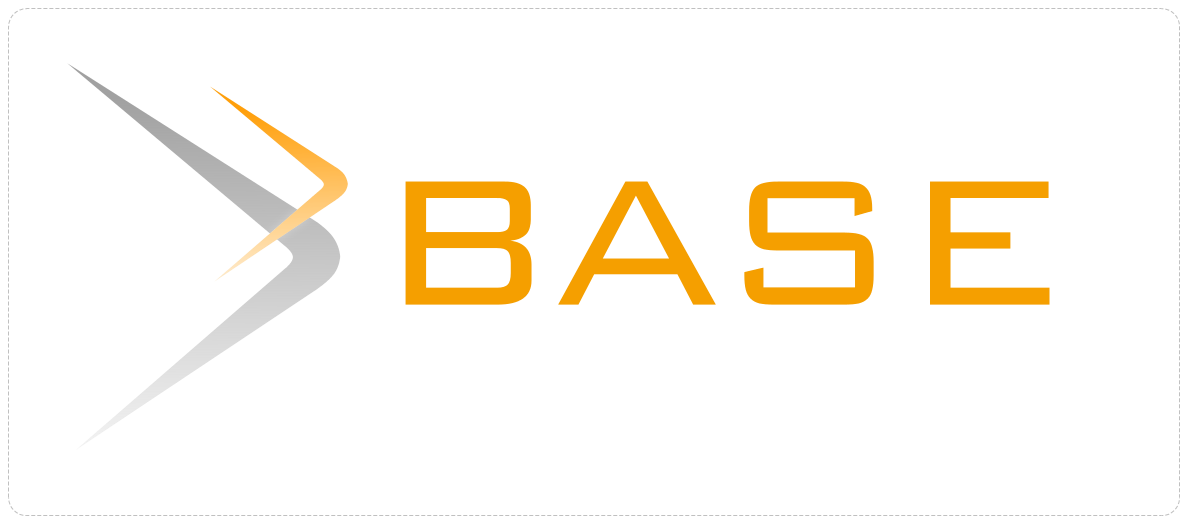The Effect of Translanguaging Strategy Towards Students’ Writing Performance
Abstract
The dominance of monolingual instruction in English as a Foreign Language (EFL) classrooms often fails to address the diverse linguistic backgrounds and varying proficiency levels of students. This study investigates the effect of translanguaging strategy on students’ writing performance using a quantitative quasi-experimental design. Data were collected through pretest and posttest writing assessments administered to both control and experimental groups. The results indicate a significant improvement in the writing performance of students exposed to translanguaging strategies compared to those taught through monolingual instruction. The strategy proved effective across different levels of second language (L2) proficiency, offering flexible linguistic support that enhances content understanding and language production. These findings suggest that translanguaging is not only pedagogically inclusive but also beneficial for developing academic writing skills in EFL contexts. However, the generalizability of the results remains limited due to the specific institutional context and sample size, warranting further research in broader settings.
Keywords
Full Text:
PDFReferences
Batyi, T. (2022). Enhancing the quality of students’ academic literacies through translanguaging. Language, Culture and Curriculum, 35(3), 303-316. https://doi.org/10.1080/07908318.2022.2076865
Bowen, N., & Van Waes, L. (2020). Exploring revisions in academic text: Closing the gap between process and product approaches in digital writing. Written Communication, 37(3), 322-364. https://doi.org/10.1177/074108832091650
Canagarajah, S. (2015). Clarifying the relationship between translingual practice and L2 writing: Addressing learner identities. Applied Linguistics Review, 6(4), 415-440. https://doi.org/10.1017/CBO9780511618284.006
Cenoz, J., & Gorter, D. (2020). Teaching English through pedagogical translanguaging. World Englishes, 39(2), 300-311. https://doi.org/10.1111/weng.12462
Cenoz, J., & Gorter, D. (2022). Enhancing bilingual resources in third language acquisition: Towards pedagogical translanguaging. Educational linguistics, 1(2), 338-357. https://doi.org/10.1515/eduling-2022-0009
Charamba, E., & Zano, K. (2019). Effects of translanguaging as an intervention strategy in a South African Chemistry classroom. Bilingual Research Journal, 42(3), 291-307. https://doi.org/10.1080/15235882.2019.1631229
Chell, G., Mikkila-Erdmann, M., Iiskala, T., & Dillon, A. (2021). A comparative study of academic literacy in English medium instruction programs in UAE and Finland. Issues in Educational Research, 31(1), 56-75.
Dollah, S., & Abduh, A. (2024). Teachers’ perceptions and experiences with translanguaging implementation in rural EFL classrooms: A case study from Indonesia. Seltics Journal, 7(2), 179-199. https://doi.org/10.46918/seltics.v7i2.2491
Donovan, M. (2019). Eight characteristics of good writing. Writing Forward.
Emilia, E., & Hamied, F. A. (2022). Translanguaging practices in a tertiary EFL context in Indonesia. Teflin, 33(1), 47-74. https://doi.org/10.15639/teflinjournal.v33i1/47-74
Feller, N. (2022). Translanguaging and scaffolding as pedagogical strategies in a primary bilingual classroom. Classroom Discourse, 13(3), 312-335. https://doi.org/10.1080/19463014.2021.1954960
García, O., & Kleyn, T. (2016). Translanguaging theory in education. In Translanguaging with multilingual students (pp. 9-33). Routledge. https://doi.org/10.4324/9781315695242
Hafner, C. A., & Ho, W. Y. J. (2020). Assessing digital multimodal composing in second language writing: Towards a process-based model. Journal of Second Language Writing, 47, 100710. https://doi.org/10.1016/j.jslw.2020.100710
Kibler, A. K., Salerno, A. S., & Andrei, E. (2024). Moving beyond language dichotomies in the education of multilingual students: Recontextualizing teacher resistance. International Multilingual Research Journal, 18(1), 50-66. https://doi.org/10.1080/19313152.2023.2218789
Liando, N. V., Dallyono, R., Tatipang, D. P., & Lengkoan, F. (2023). Among English, Indonesian and local language: Translanguaging practices in an Indonesian EFL classroom. Indonesian Journal of Applied Linguistics, 13(1), 204-216. https://doi.org/10.17509/ijal.v13i1.58270
Liu, Y., & Fang, F. (2022). Translanguaging theory and practice: How stakeholders perceive translanguaging as a practical theory of language. RELC journal, 53(2), 391-399. https://doi.org/10.1177/003368822093922
MacSwan, J. (2019). A multilingual perspective on translanguaging. In Decolonizing foreign language education (pp. 186-219). Routledge. https://doi.org/10.4324/9780429453113
Makalela, L. (2018). Moving out of linguistic boxes: The effects of translanguaging strategies for multilingual classrooms. In Language in epistemic access (pp. 24-41). Routledge. https://doi.org/10.4324/9781315229744
Mori, Y., Hasegawa, A., & Mori, J. (2021). The trends and developments of L2 Japanese research in the 2010s. Language Teaching, 54(1), 90-127. https://doi.org/10.1017/S0261444820000336
Ossa Parra, M., & Proctor, C. P. (2021). Translanguaging to understand language. Tesol Quarterly, 55(3), 766-794. https://doi.org/10.1002/tesq.3011
Pacheco, M. B., Daniel, S. M., Pray, L. C., & Jiménez, R. T. (2019). Translingual practice, strategic participation, and meaning-making. Journal of Literacy Research, 51(1), 75-99. https://doi.org/10.1177/1086296X188206
Putrawan, G. E. (2022). Translanguaging practices in EFL classrooms: Evidence from Indonesia. CaLLs (Journal of Culture, Arts, Literature, and Linguistics), 8(1), 69-86. http://dx.doi.org/10.30872/calls.v8i1.7973
Raja, F. D., Suparno, S., & Ngadiso, N. (2022). Teachers’ attitude towards translanguaging practice and its implication in Indonesian EFL classroom. Indonesian Journal of Applied Linguistics, 11(3), 567-576. https://doi.org/10.17509/ijal.v11i3.38371
Rasmin, L. O., & Nur, S. (2023). Translanguaging in EFL classroom and its impact on student's performance at a secondary school level: A systematic review. EJI (English Journal of Indragiri), 7(1), 41–47. https://doi.org/10.32520/eji.v7i1.2162
Robillos, R. J. (2023). Exploring Translanguaging during metacognitive strategy use on L2 listening and writing skills. Journal of Language and Education, 9(3 (35)), 110-127. https://doi.org/10.17323/jle.2023.14329
Tan, S. (2024). Translanguaging in second language writing processes. Linguistics and Education, 83, 101333. https://doi.org/10.1016/j.linged.2024.101333
Wei, L. (2018). Translanguaging as a practical theory of language. Applied linguistics, 39(1), 9-30. https://doi.org/10.1093/applin/amx039
Williams, C. (1994). An evaluation of teaching and learning methods in the context of bilingual secondary education. Unpublished doctoral thesis, University of Wales, Bangor.
DOI: https://doi.org/10.17509/pdgia.v23i2.84918
Refbacks
- There are currently no refbacks.
INDEXED BY

This work is licensed under a Creative Commons Attribution-ShareAlike 4.0 International License















